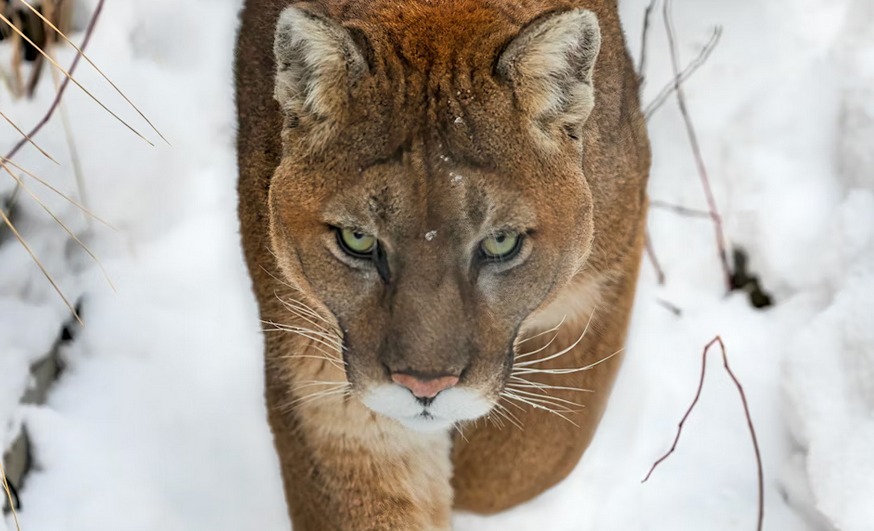California's First Peoples: A Mosaic of Cultures and Millennia of History
This article explores the legacy of California's first inhabitants, their ways of life, and their enduring presence.
Arrival and Adaptation: From Ancient Migrations to Diverse Societies
The first inhabitants of California are believed to have migrated from Asia, crossing the Bering Land Bridge thousands of years ago during the last Ice Age. Archaeological evidence, including ancient tools, settlements, and rock art found throughout the state, confirms a human presence dating back at least 13,000 to 15,000 years, with some sites suggesting even earlier habitation (Source: California Office of Historic Preservation, archaeological research publications). Over millennia, these early peoples diversified, adapting to California's varied landscapes – from the coastal regions and fertile valleys to the rugged mountains and arid deserts. This geographic diversity contributed to the development of numerous distinct tribal groups, each with its own language, customs, and social structures.
A Mosaic of Cultures: Tribes and Traditions
California's Indigenous population was remarkably diverse, with estimates suggesting over 100 distinct tribal groups and a multitude of languages spoken at the time of European contact. By the 1500s, when Europeans began to arrive, the Indigenous population of California is estimated to have been around 300,000, reflecting the richness and carrying capacity of the land (Source: Anthropological and historical studies of California Native American populations).
Some notable examples of California's Indigenous cultures include
- Pomo: Inhabiting the northern coast of California, the Pomo were renowned for their intricate basketry, considered among the finest in the world. They built homes from redwood tree bark, adapting to the resources of their coastal environment (Source: Pomo tribal websites, anthropological studies of Pomo culture).
- Miwok: The Miwok, occupying areas of central California, including parts of the Sierra Nevada and the coast, were known for their diverse adaptations. Some Miwok groups built cone-shaped houses covered in bark, reflecting the materials available in their environment (Source: Miwok tribal websites, ethnographic studies of Miwok culture).
- Coast Miwok: Living in the general area of modern Marin County.
- Maidu: Living in the Central Valley and foothills of the Sierra Nevada, the Maidu developed sophisticated land management techniques. They constructed round lodges covered in earth, providing insulation and protection from the elements (Source: Maidu tribal websites, archaeological research).
- Ohlone: The Ohlone people inhabited the Central Coast of California, from the San Francisco Bay area south to Point Sur. They developed a rich maritime culture, relying on the resources of the ocean and the coastal environment (Source: Ohlone tribal websites, archaeological studies of coastal California).
Family Groups and Isolation
California's diverse geography, with its rugged mountain ranges and deserts, contributed to a degree of isolation between different tribal groups. Many Indigenous communities lived in family groups or clans, maintaining distinct cultural traditions and languages (Source: Anthropological studies of California Native American cultures).
An Enduring Legacy
The Indigenous people have had a very large impact on the state. Today, California has the second largest Native American population of any state.
 The story of California's first inhabitants is a story of remarkable diversity, adaptation, and cultural richness. For thousands of years, Indigenous peoples thrived across the California landscape, developing unique societies, mastering their environments, and creating a vibrant mosaic of cultures. Understanding and honoring their legacy is essential to a complete appreciation of California's history and its present-day diversity. The ongoing efforts to preserve Indigenous languages, cultural traditions, and sacred sites ensure that the stories of California's first peoples continue to be told.
The story of California's first inhabitants is a story of remarkable diversity, adaptation, and cultural richness. For thousands of years, Indigenous peoples thrived across the California landscape, developing unique societies, mastering their environments, and creating a vibrant mosaic of cultures. Understanding and honoring their legacy is essential to a complete appreciation of California's history and its present-day diversity. The ongoing efforts to preserve Indigenous languages, cultural traditions, and sacred sites ensure that the stories of California's first peoples continue to be told.
Sources:
- California Office of Historic Preservation
- Archaeological research publications on California prehistory
- Anthropological and historical studies of California Native American populations
- Pomo tribal websites
- Miwok tribal websites
- Maidu tribal websites
- Ohlone tribal websites
- California Native American Heritage Commission



